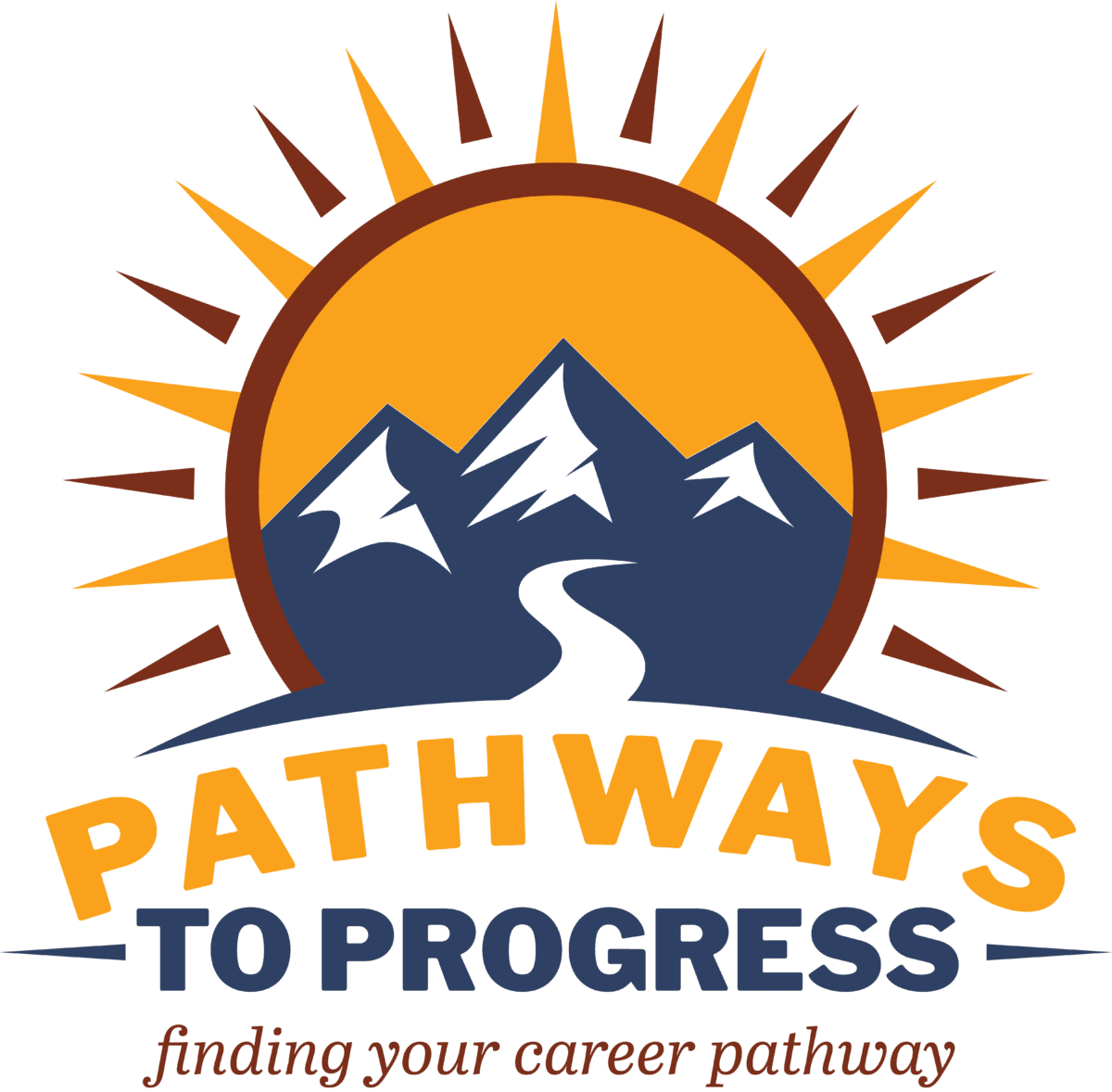
Finding Your Career Pathway
Caminos hacia el progreso is more than just a program—it’s a personalized journey to help students with disabilities achieve independence and success beyond school. By offering a blend of real-world job experiences, skill-building, and comprehensive mental health support, we pave the way for a brighter future. Whether you’re a young student starting to dream or a youth ready to step into the world, Pathways to Progress is here to guide you with a plan tailored just for you.
Colaboración entre socios: Connects vocational experts, educators, employers, and families to provide comprehensive support during the transition from school to work.
Programas personalizados: Offers tailored services based on each student’s unique needs, including job training, social skills, and technology education.
Salud mental: Provides integrated mental health resources, peer mentoring, and support from professionals to promote well-being and resilience.
Experiencia en el mundo real: Includes hands-on work opportunities for youth aged 10-21, from career exploration to paid job experiences.
Admisibilidad: Pathways to Progress is open to students with disabilities aged 10-21 in eligible school districts, including those in traditional schools, home-schooling, trade schools, or recent graduates. Eligible students must have a 504, IEP, or a suspicion of a disability. Not sure if you qualify? Contact us—we’ll help you find the right support!
Check out the video below to learn about the Pathways to Progress program and the benefits it offers.
The contents of this website were developed under grant # H421E230013 –– from the U.S. Department of Education (Department). The Department does not mandate or prescribe practices, models, or other activities described or discussed in this document. The contents of this [insert type of publication] may contain examples of, adaptations of, and links to resources created and maintained by another public or private organization. The Department does not control or guarantee the accuracy, relevance, timeliness, or completeness of this outside information. The content of this website does not necessarily represent the policy of the Department. This publication is not intended to represent the views or policy of or be an endorsement of any views expressed or materials provided by any Federal agency.” (EDGAR 75.620)